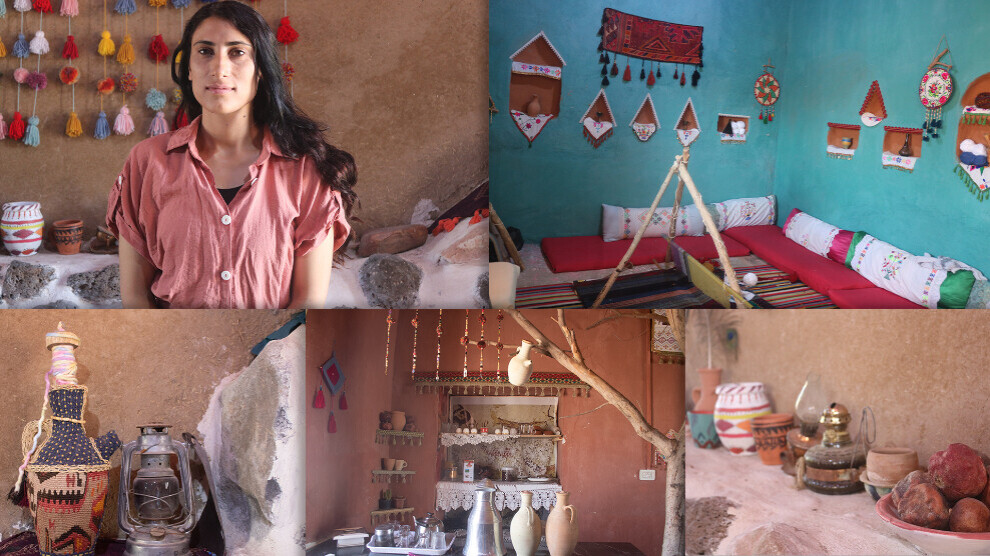Pargîn Culture and Art Center preserves nomadic culture
The Pargîn Culture and Art Center was established in Dêrik (Al-Malikiyah) to preserve the cultural heritage of Koçers (nomads), which is an important part of Kurdish culture.

ZEYNEB ÎSA
Dêrik- Nomadic Kurds are called ‘Koçer’, who live and carry out intensive animal husbandry activities. The nomadic culture plays an important role in preserving Kurdish culture. Dêrik (Al-Malikiyah), Jazira Canton of North and East Syria, is the city with the highest Koçer population. The Pargîn Culture and Art Center established in the village of Derik in 2021 aims to preserve the cultural heritage of Koçers. The center has attracted great interest from women and children, becoming a space for documentary film production and folk dances by organizing cultural and artistic workshops.
‘The center aims to preserve social values’
“Pargîn is the name of drainage ditches around tents of Koçers to prevent the tents from flooding,” said Rojda Hüseyin, the director of the center. “We named the center Pargîn to preserve social values and the legacy of the kochers (nomads).”
The center provides educational courses to young women and men. “They learn how to use cameras and make a documentary film in order to document the cultural heritage of Koçers.
‘100 nomad children learn how to dance halay’
The center also organizes folk dance courses for children. “About 100 children from surrounding villages learn how to dance halay at the center,” said Rojda Hüseyin. “The center also teaches children how to be dengbej (Kurdish storytellers). We organize courses for children because children are our future and they can pass down this culture and heritage to the new generations. The center has launched a project called, ‘Mothers weave, and make dresses and blankets’.”
The center aims to develop more projects to preserve the cultural heritage of Koçers, Rojda Hüseyin said. “Everyone should preserve their social values and culture. The door of the Pargîn is open to everyone.”
